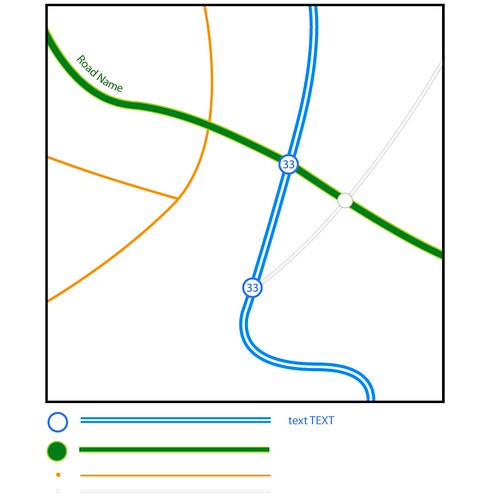 “The best-laid plans of mice and men/often go awry”
“The best-laid plans of mice and men/often go awry”
How do you go from sharing information to learning new knowledge? Experts describe two types of knowledge, explicit and tacit. Explicit knowledge is the type that organizations and people exchange by giving instruction and writing steps or details in how-to guides, policies and procedures, or instruction manuals. You can often exchange explicit knowledge regulalrly and it can be done for basic skills, like say maybe map reading. I suggest most good trainers can sit down with a complete novice and after a matter of hours have them reading a military map.
Tacit knowledge is the type of knowledge that comes from experience, intuition, and basically a gut feeling. Some of it can be expressed, but other types are difficult for a trainer to actually teach. Consider
explaining to someone how to glance at terrain features and then by using their own experience to be able to convert that 3D view to a spot on 2D map and quickly identify a location. That is probably harder to get across in a simple data exchange.
So how can you transfer tacit knowledge, anyway?
Start with a collaboration effort between novices and experts, outsiders and insiders, young and old. You can do it either face-to-face (F2F), or in virtual spaces, like portals and online communities, but you have to bring them together so they can dialog freely. Interns and Generals aides get this type of mentorship routinely. Throw in some facilitators or moderators who help keep the discussions flowing and on-topic and you now have a forum where like-minded individuals can “sit around the campfire,” in person or through a network and share experiences. This socialization happens often with staffs or within work groups, either formally or informally.
So, what does that do?
To get at the important, hard to transfer knowledge, it is often best learned through storytelling. You may call it war stories, lecturing, or any discussion that starts out with, “so there we were…,” it is putting
teachings and experience to work. By people actually sharing personal opinion, talking about what they did when faced with situations, or how they understand or tackle a problem, that is how we take the combined power of teams and end up with choices of different approaches. Using the map analogy, imagine 20 people, some experts, some doers, maybe a mapmaker or a boy scout, all explaining how they visualize terrain, angles, cues, indicators and such. Some may say the same thing, differently, others may use unique approaches that as individuals may never have considered.